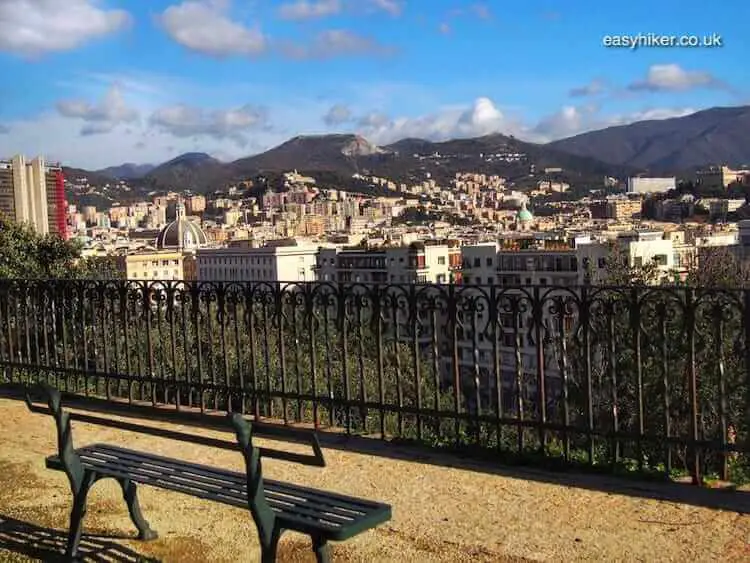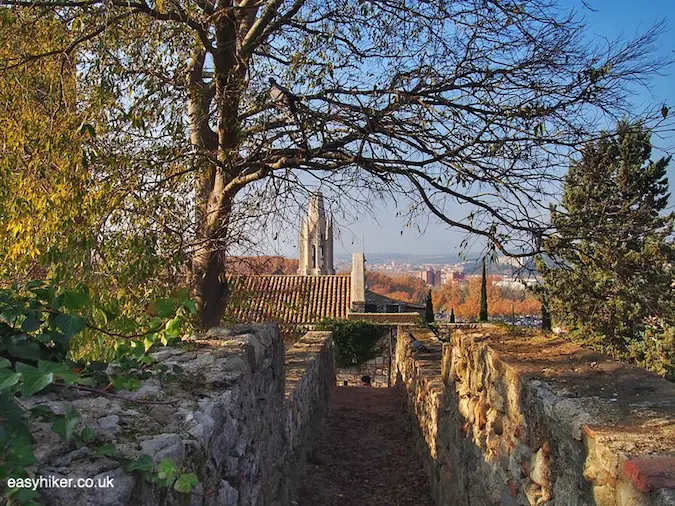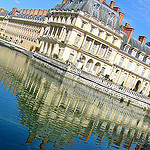The Alps are a two-faced host. Up to an altitude of 1500 or 2000 metres, they welcome their visitors – at least for parts of the year – with a sunny smile and a warm embrace of lush fauna and colour.
The barren wastelands and hostile peaks somewhere on the distant horizon do not impend on this happy scenery and even serve to spice it up by throwing a frisson of excitement into the blender.
It is only when you look behind you, and up, when you realize: the barren wastelands are in reality not that far away, and you are in fact standing on a sort of edge.
On to the Dark Face of the Alps

Because a mere 500 metres further up from the idyllic lower Alps, a different world begins. A world that is savage, harsh and unforgiving …
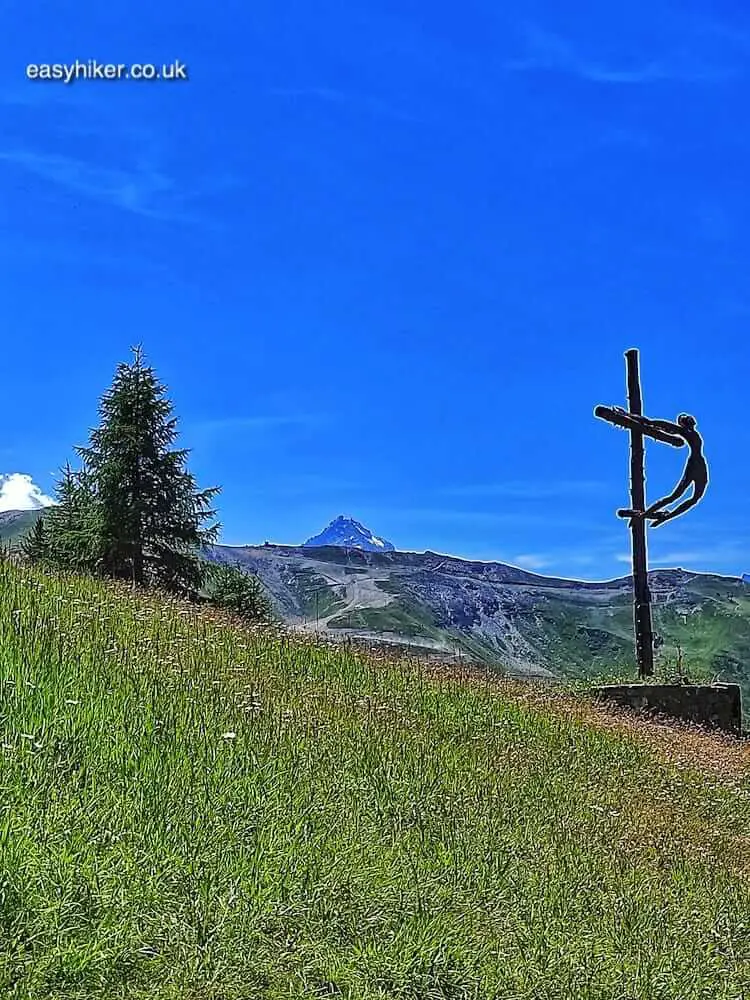
… where the lush greens of the valleys and foothills have been bleached …
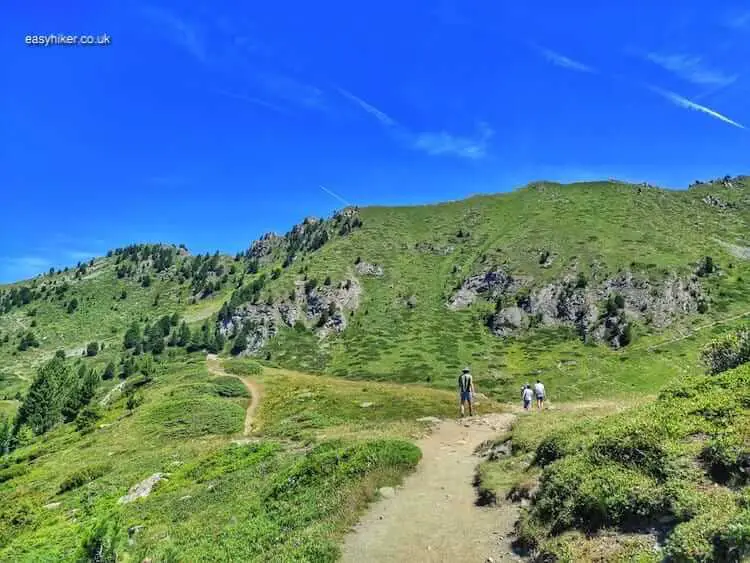
… and thousands of years of cold winter winds have stripped the rocks of any vegetation.

The mossy grasslands of the higher Alps are Europe’s last great wilderness, barely touched by human hands. There are no more farm houses here: no agricultural community has ever thrived in these chilly uplands. In fact, for most people, these lands were virtually inaccessible until recently.
Thanks to modern technology, however, they are now just a short ride away.
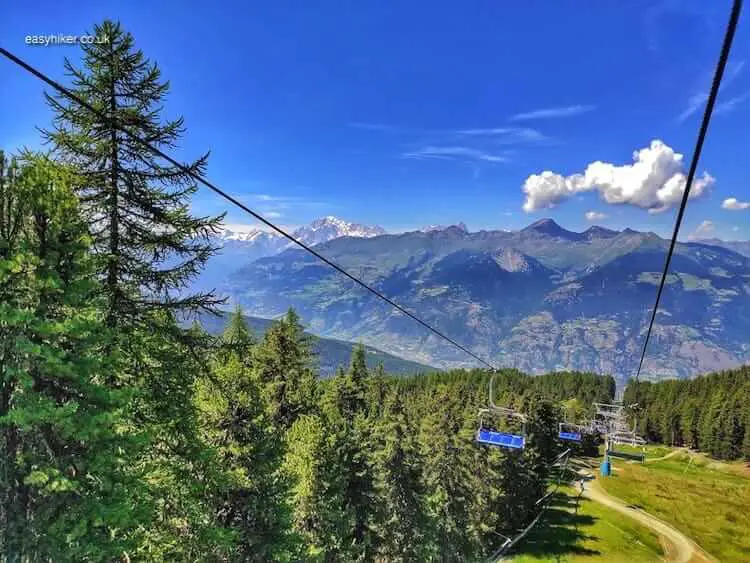
At Pila, where the cabin cars stop, the chairlifts take over. (All you need to go further up is an extra ticket that you can buy at the separate chairlift terminal.)
Up at the top, if you feel like walking around a little, you will be confronted by a smaller choice of hikes than you had at Level One, not least because – if you have already explored the area around the top station of the Pila cable cars – you will arrive here during the early hours of the afternoon, and there is only so much time left in the day.
The best available (and shortest) route will take you to Lake Chamolé within half an hour. Do not let the very start of the walk intimidate or even deter you.
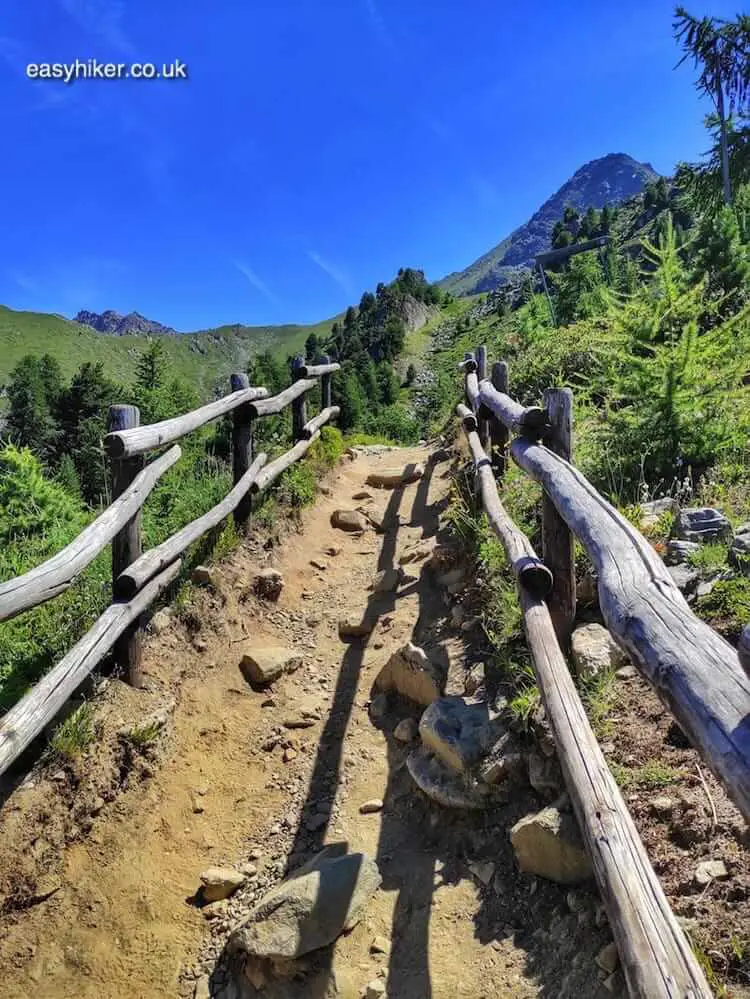
After the initial snarl of a climb and the scatter of large stones on the path, the route is gentle as a lamb and practically as easy as last week’s Hermitage Chapel walk.

The hike has its lyrical moments …
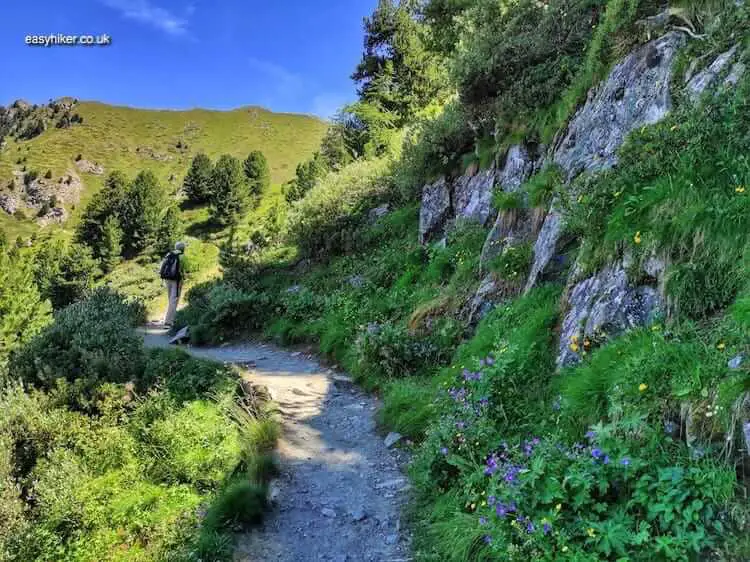
… and you can take charming little detours that will loop you around the slopes of the mountain …
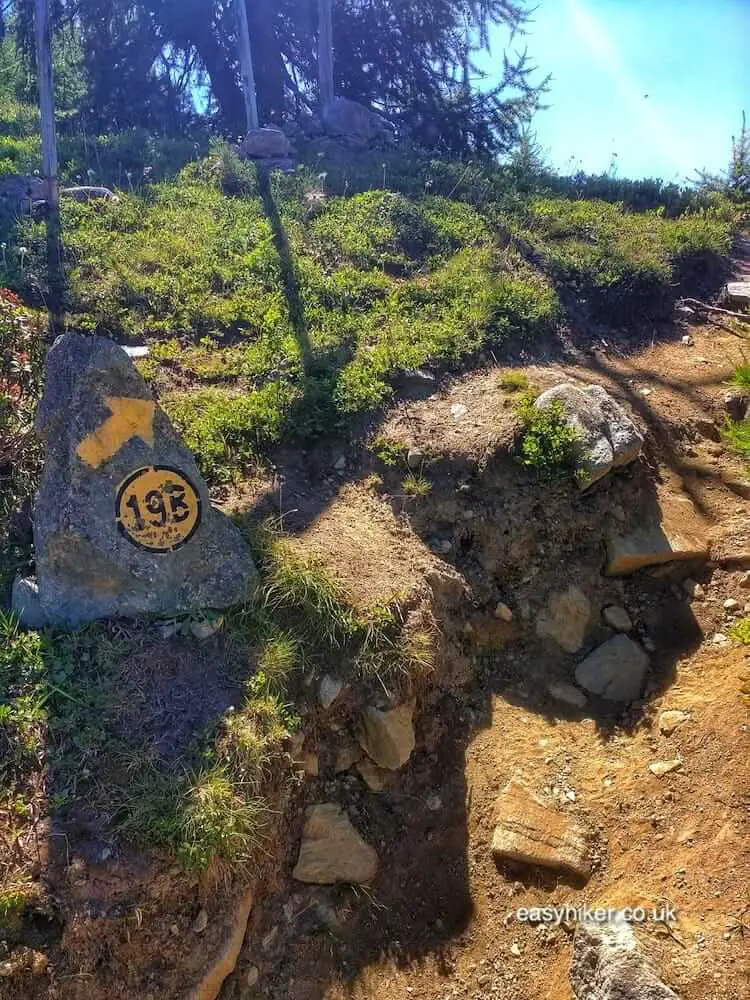
… but there is no question that the biggest thrill is the feeling of walking into a forbidden zone where dangers lurk and where small mistakes will inevitably result in a wailing and gnashing of teeth.
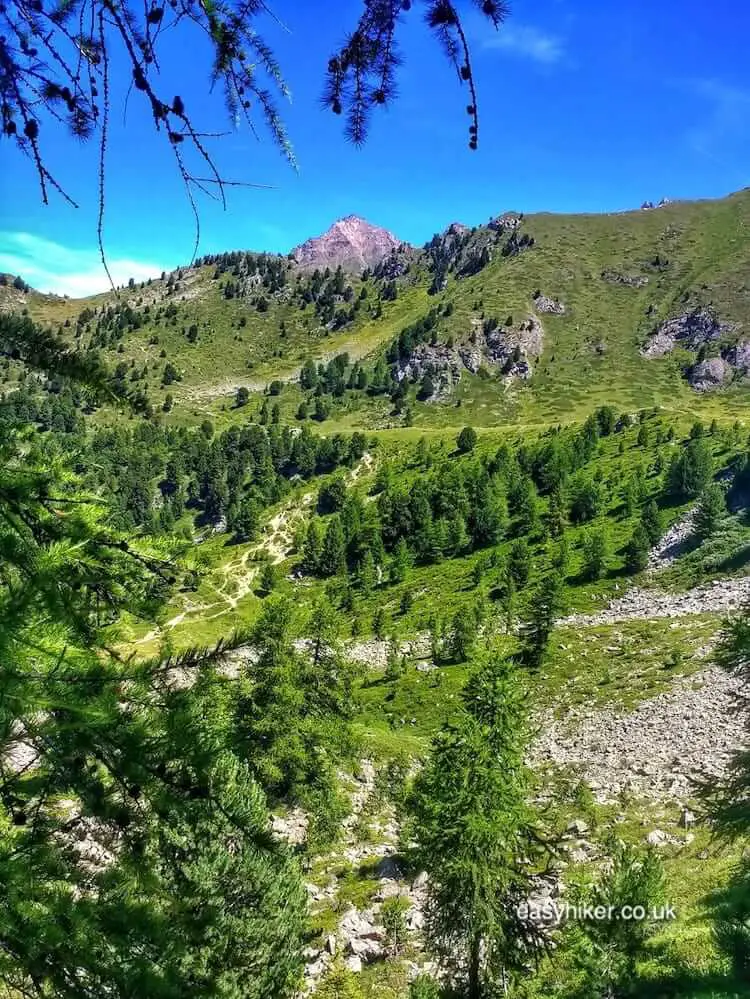
When the vegetation – the little of it that is still clinging to the land – disappears …
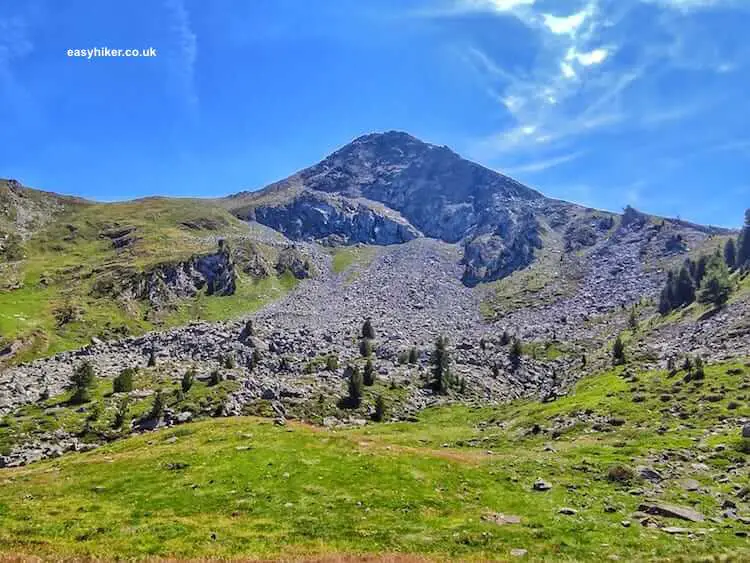
… the end is nigh.
Well, at least the end of our walk into the dark face of the Alps: you will soon see a ridge and, behind the earthen wall, Lake Chamolé, the highest point of our trip into the Alps, located at an altitude of 2325 metres.
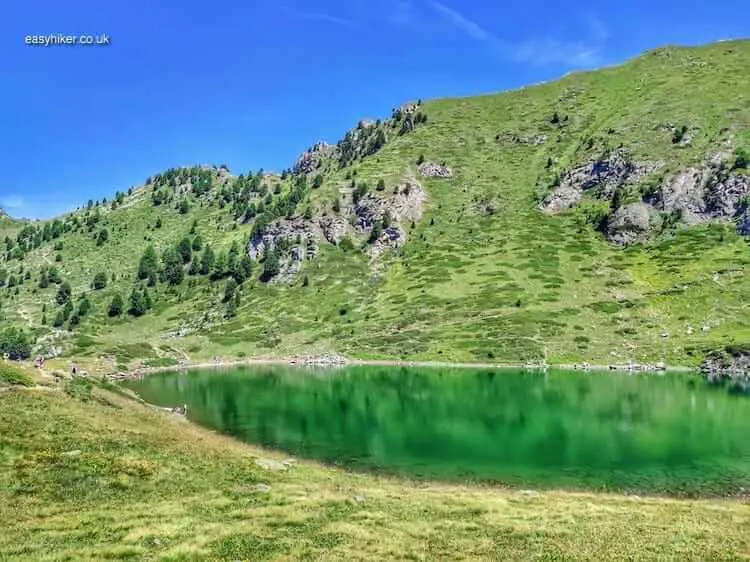
This is not quite (yet) the land of eternal ice and snow, and temperatures in summer can easily exceed 20 degrees.
During the Pila’s hiking season (essentially July and August), you will rarely feel cold in your summer gear, and on sunny days, many visitors come here to take a swim.
On days like that, the shores of Lake Chamolé can almost feel like the Mediterranean – until you take a closer look, that is.
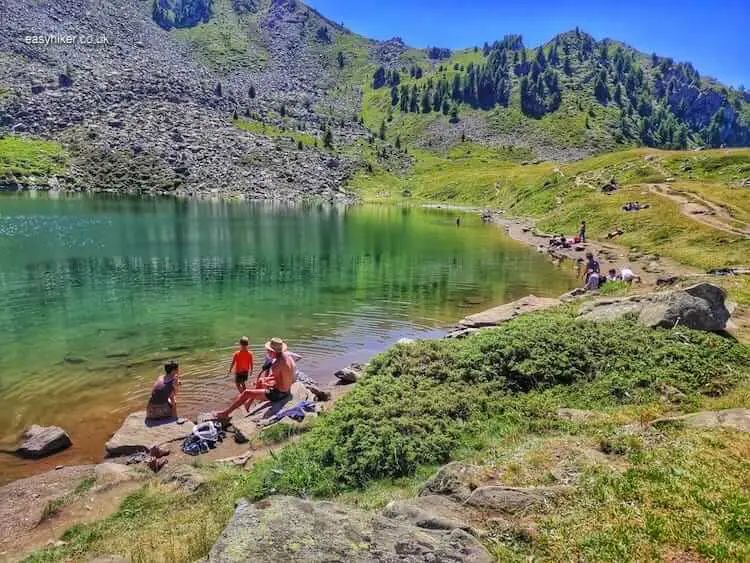
Have a walk around the lake and inspect its immediate surroundings (there is actually a trail that continues up the mountain: take a small sample but be careful not to get carried away).
After that, it is time to return to the town underneath your feet …

… and to take a good look at it, too, because Aosta is full of surprises. It has an extraordinary back story and an unique array of historical architecture.
We will tell you all about that next week.

